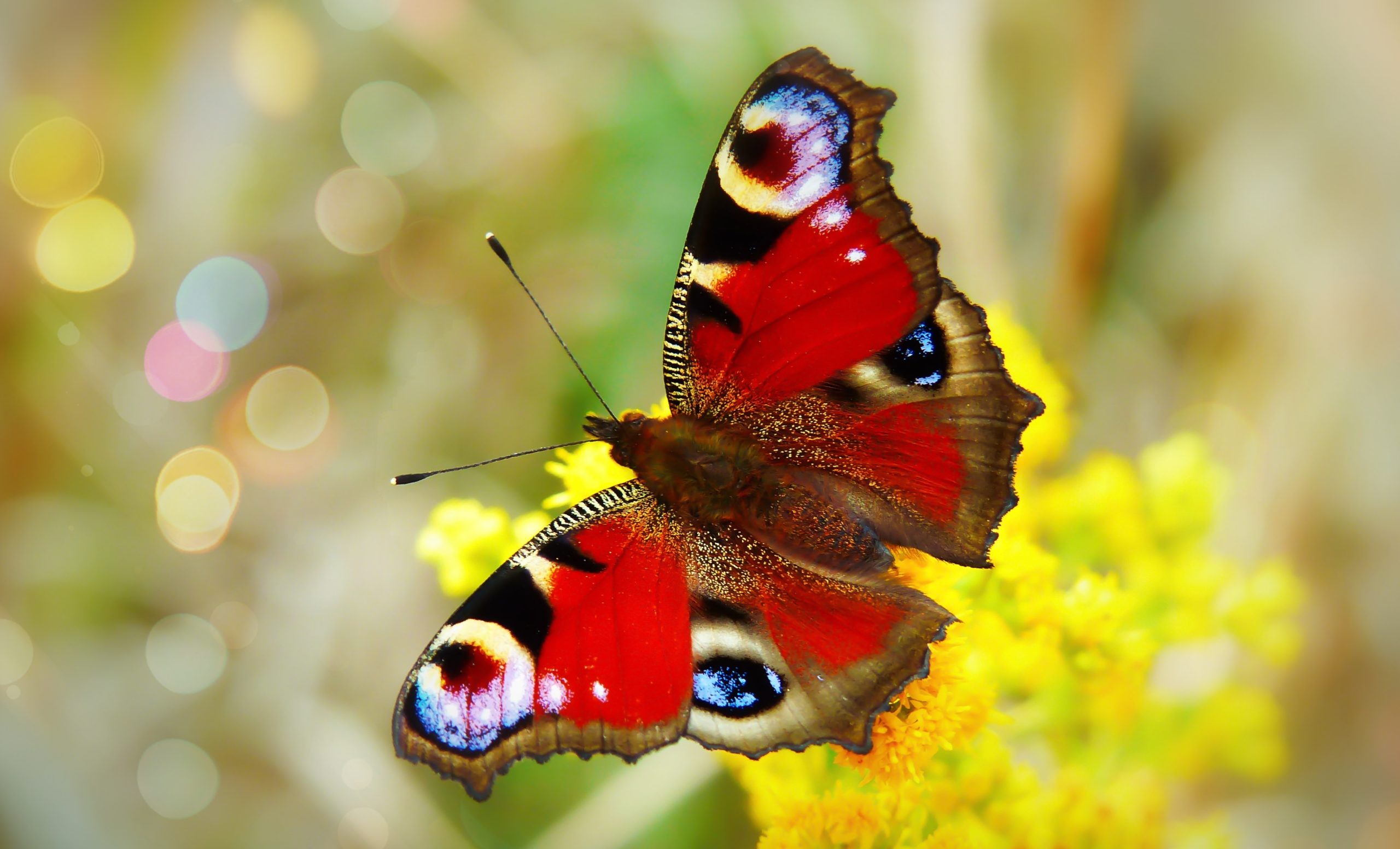The concept of cocooning is about as old as Madonna, but like 10 years ago Madonna. Cocooning in itself is looked at in a negative light due to its stigma of seclusion. The term was coined in the 80’s, and quite frankly I disagree with the activities it’s associated with. Let’s take a look into the importance of cocooning.
Webster’s describes cocooning as spending leisure time at home instead of going out. Pretty simple right? Here’s the kicker though, when you look up articles about cocooning, it’s associated with all sorts of hoop-la-la that low key resembles the nearest local prison cell. Pump ya brakes!
Seclude the babies from grandma? Hide inside your home because of crime? You might as well put hide under the bed because the boogie man wants to eat your ham and cheese hot pocket. Cocooning has long been associated with secluding oneself from the world because of the “dangers” the world presents. McScuse me?! I’m not running from anybody! * Cocks the gun that I don’t have*
“Cocooning has long been associated with secluding yourself from the world because of the “dangers” the world presents.”
Now let’s go back to basics really quick. You know what a cocoon is right? (please say yes). Good. Now a caterpillar cocoons itself to become a beautiful butterfly. How in the hell can you associate that with negativity? I can understand the cocoon to protect itself from the dangers of the world during it’s developmental stage, but once that’s over it EMERGES. Beautifully, into a FREE flowing butterfly.

As people, we live our daily lives in routine. Of course we have lunch breaks, and yes we sleep, etc. We need those moments so that we can recover, which makes us more useful once we return to our daily tasks. But when do we actually take the time to seclude ourselves from the world so we can emerge more insightful, joyful, and fulfilled? You don’t because you’re afraid. You’re afraid of being alone.
There are people in life that have never been alone, or simply don’t know how to. Always in relationships, or always with a group of friends. There’s absolutely nothing wrong with wanting external stimulation. What becomes wrong with it is when you KNOW you need that extended time to yourself to create internal stimulation. You seek company, yet still feel something’s missing. So you seek new people to hang out with…and still feel the same. That’s your cue.
When we begin to not feel like ourselves, that’s our cue to look inwards. Sometimes you have to grow an extra pair of balls to acknowledge that you need to get away.
When you’re having that internal battle with yourself, it needs dealing with, and the outside world can sometimes cloud your inner voice.
So how does one cocoon healthily?
Inside of a cocoon and chrysalis a caterpillar digests itself from the inside out. This breakdown of the caterpillar creates imaginal cells which can then become any type of cell. Those new cells form a new creature. What we call a butterfly.
To renew yourself means you must TEMPORARILY shut yourself off from the world. Not the “hide ya kids, hide ya wife” shut off from the world either.
If it means going camping out alone in nature, do that. A solo trip to a place where you know no one, do that. Putting away your cell phone for several hours, and driving alone with no radio is also a form of cocooning. The point is to relieve yourself of external stimulation so that you can focus inwards to become a better and more useful version of yourself. Think of it as a prolonged moment of silence.
Ultimately, your cocooning phase should be completely your own. Where you do it as you see fit for whatever it is you may be feeling at the moment. Value that time with yourself, and pay attention to that inner voice. Make a vow to never ignore it when it taps your shoulder.
Alone time is when I distance myself from the voice of the world so I can hear my own.
Oprah

